By Faith Harl & Mary Willa Allen
Young Families: What Do They Want?
First, we pose the all-important question: What do young families look for when choosing a place to live? Everyone is different, of course, but some common denominators exist. Young families want to live in places that …
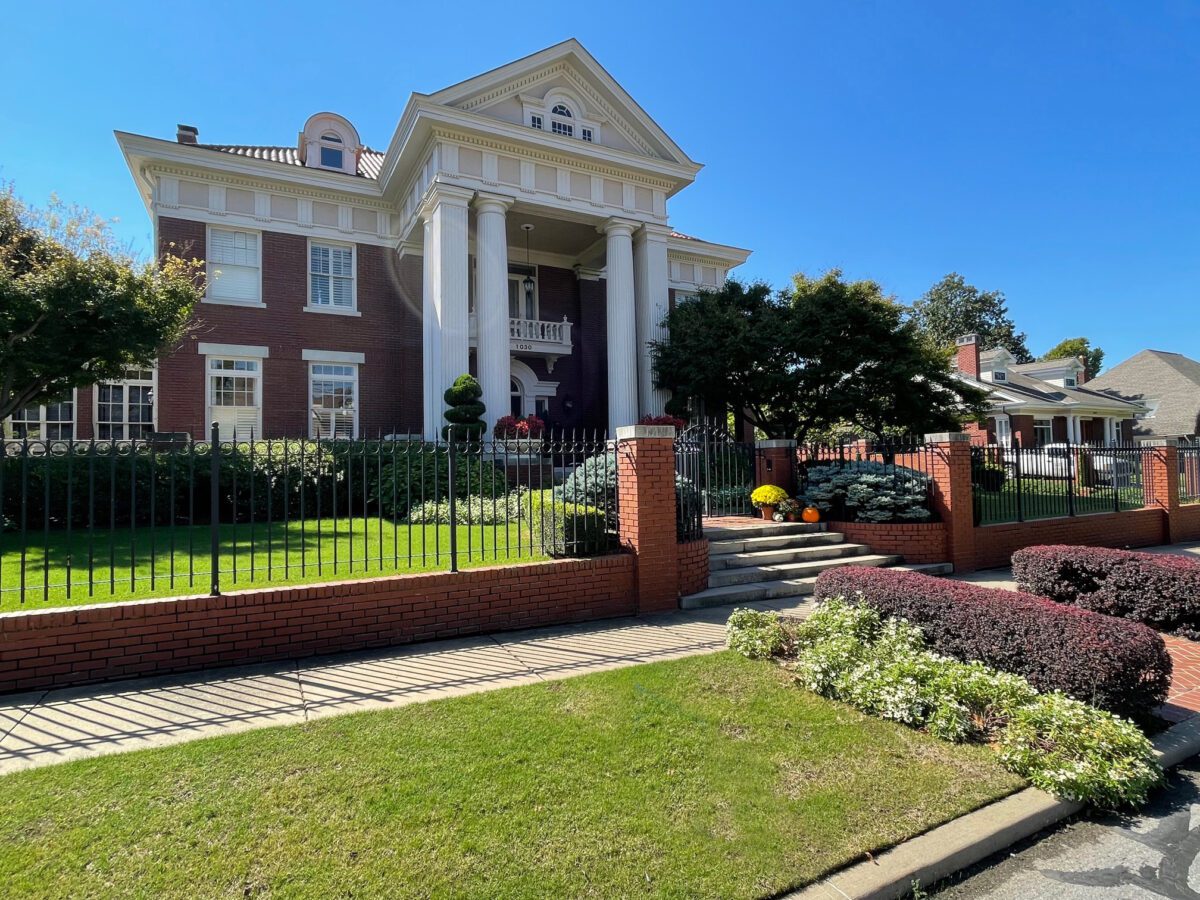
Have strong schools. Typically, parents put a lot of research into this if they’ve decided on public schooling – and it makes a major impact on where they choose to move.
Have neighborhood safety protocols and low crime rates. In short, parents want to feel safe allowing their kids to play outside or walk around the area. They’re looking for a sense of peace when they’re at home.
Offer recreation areas. Listen – young parents can only entertain the little ones in the house for so long! They want parks, pools, activities and other exciting offerings within walking distance for those times when cabin fever really hits.
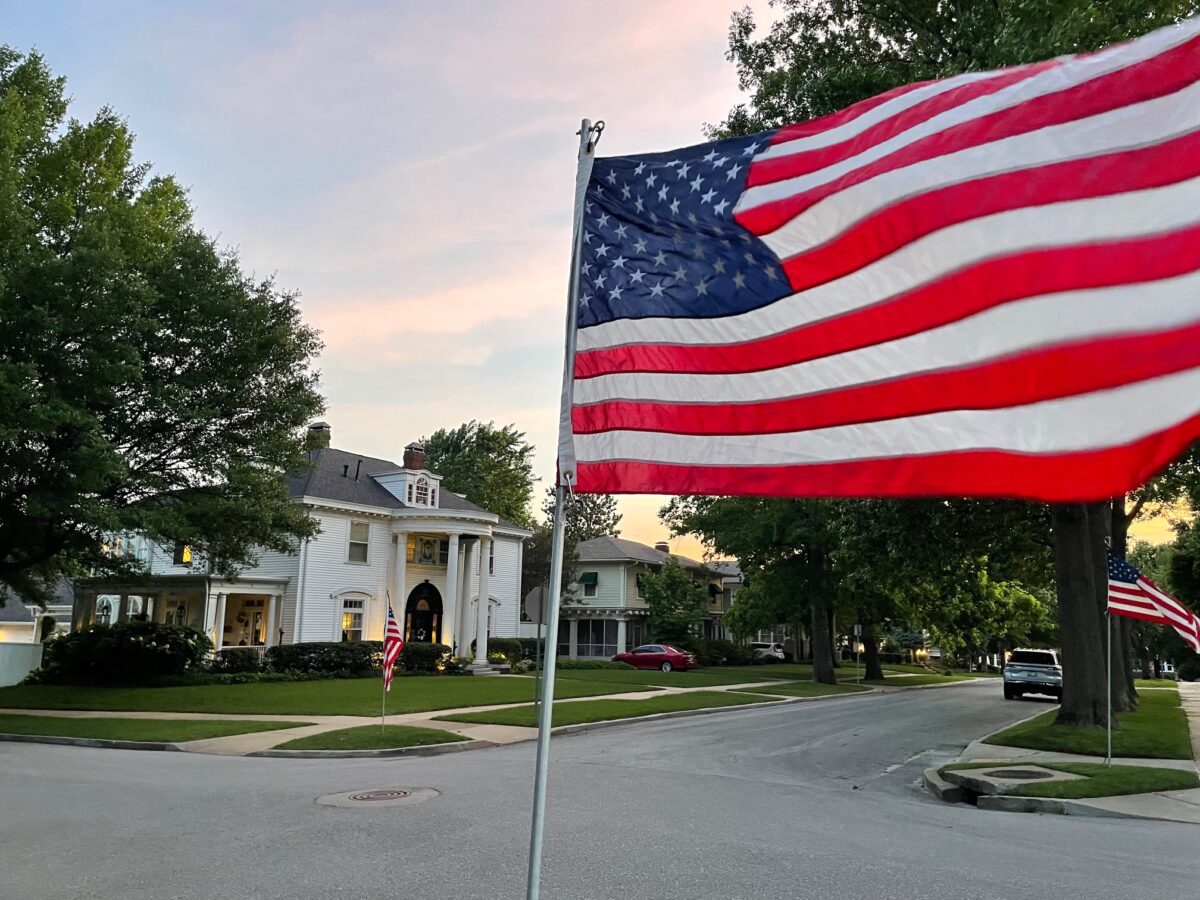
Have home affordability. Many are completely reshuffling their budgets after a baby comes – there’s less wiggle room for nights out, trips and fancy bottles of wine when the price of diapers keeps skyrocketing. So, they’re looking for a neighborhood where they can really get bang for their buck.
Offer a short commute. There’s no doubt about it – parents want to be home with their kids as much as possible. This means they want to live close to the office if they’re working in-person.
Have welcoming neighbors. Parents can use all the help they can get. They’re in search of a community of kind people – ideally with kids.
So, where in Oklahoma can young families find some, if not all, of these must-haves? We’ve got you covered.
Tulsa
Midtown Tulsa
Spanning from Yale to Riverside and 51st to 11th, Midtown Tulsa is full of parks and attractions perfect for families, like the Gathering Place, Philbrook, Utica Square and Woodward Park.
Maple Ridge, Tulsa’s first residential zone, became a hotspot for affluent families in the 1900s. One of the neighborhood’s subsections, the Maple Ridge Historic Residential District, was placed on the National Register of Historic Places in 1983.
“You’ve got everything from craftsman bungalows to Spanish Colonial to English Tudor and Art Deco,” says John Spillyards, secretary of the Maple Ridge Neighborhood Association. He describes Maple Ridge as a “front-porch community,” with plenty of friendly neighbors, and families can even get involved in community events, like a Fourth of July parade and a Memorial Day 5K.
Also in midtown, Ranch Acres made its way onto the National Register of Historic Places in 2007 and is located between 31st Street and Harvard and 41st Street and Delaware.
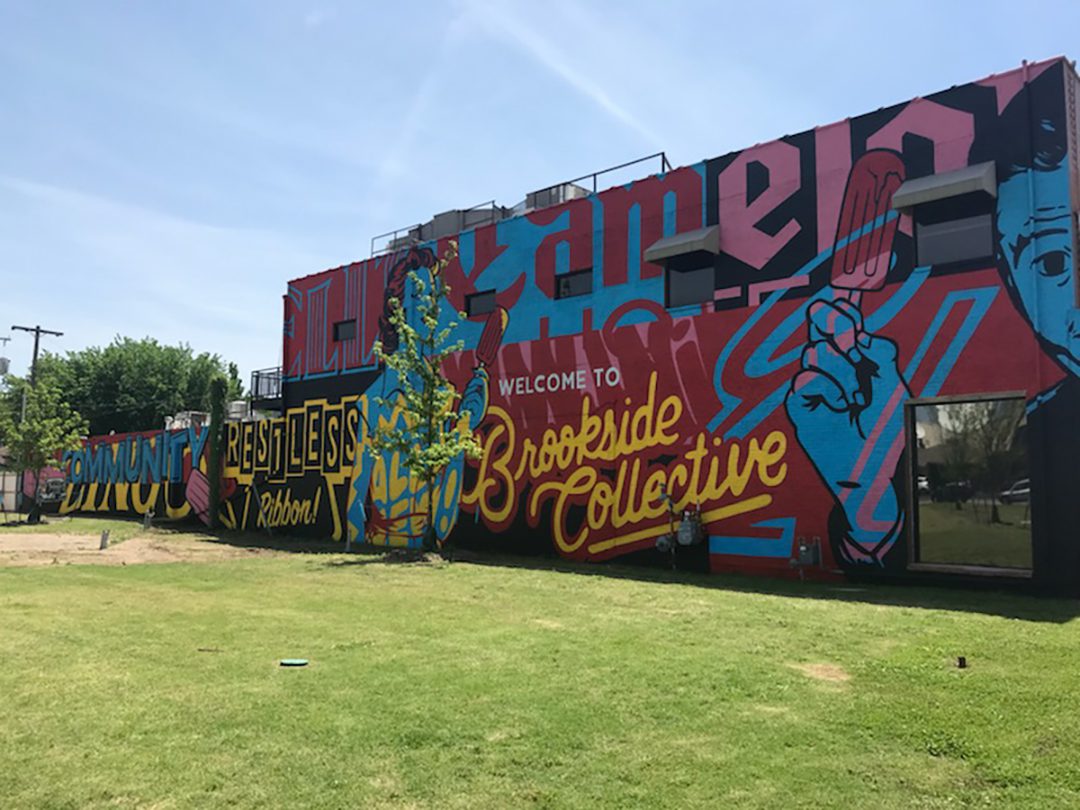
Brookside, which comprises single-family homes and commercial spaces, is popular for its friendly and bustling atmosphere.
“It’s changed from a little sleepy village to now having a strong array of locally owned businesses,” says Tim Clark, president of the Brookside Business Association. Every year, the BBA helps organize annual events like Brookside BooHaha, a kid-friendly Halloween block party.
“We have everything,” says Clark. “We have restaurants, four grocery stores, dry cleaners, a liquor store, boutiques, schools, churches – all within walking distance.”
Tulsa Hills
Right off the Okmulgee Expressway and West 71st Street, Tulsa Hills is a thriving commercial and residential area that’s only a seven-minute drive to downtown. The Tulsa Hills Shopping Center was established in 2007, and since then, the area has rapidly grown.
In 2015, Tulsa Hills expanded south of 81st Street, with the construction of The Walk at Tulsa Hills. Families can find plenty of nearby entertainment, with more than 60 popular chain restaurants and stores.
Housing in Tulsa Hills has become more desirable in the last year, too. According to Redfin, an online real estate marketplace and brokerage, median home prices in the West Highlands and Tulsa Hills have increased by 9.4% year over year.
To offer a retreat from the hustle-and-bustle of its commercial activity, Tulsa Hills has maintained nearby green spaces. Lubell Park features a 2.2-mile bidirectional trail system, and Turkey Mountain spans 750 acres of wooded wilderness, with 45 miles of dirt trails for visitors to explore. Don’t worry – there are plenty of kid-friendly trails to traverse, too.

Jenks
“The Jenks thing” – a phrase coined by Jenks residents – is what makes this growing suburb ideal for families, says Heather Turner, president and CEO at the Jenks Chamber of Commerce.
“I think it comes down to knowing your neighbor and valuing one another,” she says. “It’s like a community spirit that holds a lot of pride for the people who are from Jenks.”
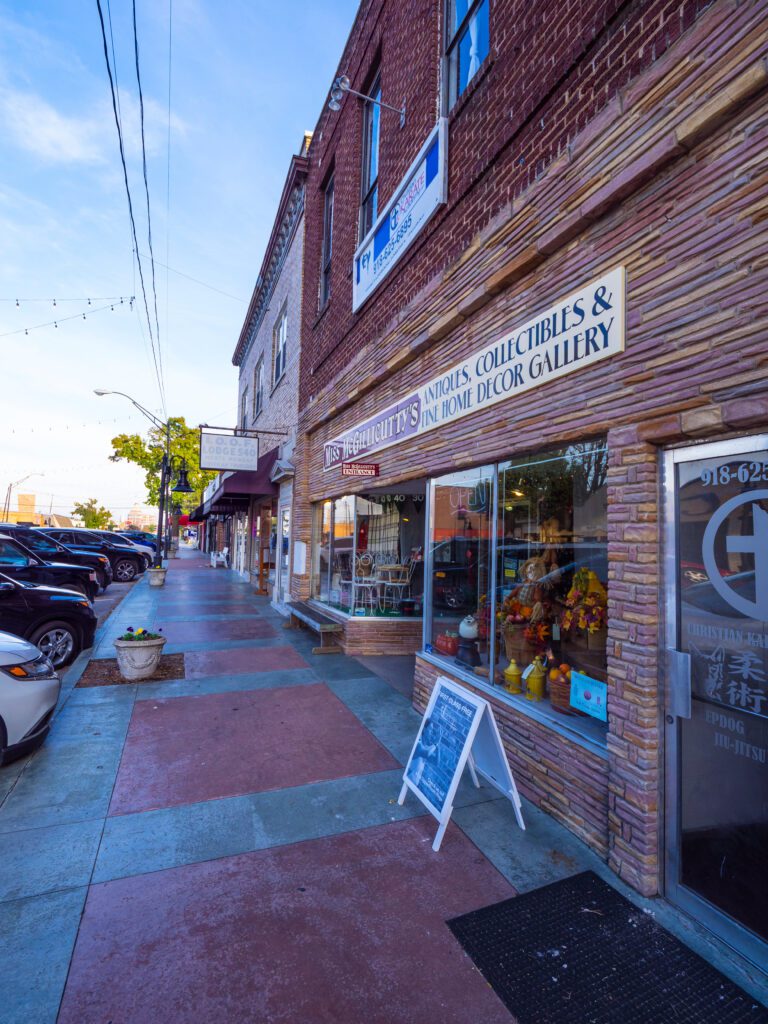
City officials are intentional about maintaining the suburb’s small-town charm. The community is also recognized as one of safest cities in the state in a study conducted by Smart Asset. Another factor that contributes to its family-friendly appeal is Jenks Public Schools, which serves 12,600 students. JPS boasts a graduation rate of 91.5% with a student-to-teacher ratio of 17:1, according to U.S. News & World Report.
Jenks is home to many attractions that appeal to families. Main Street features a variety of locally owned boutiques, restaurants and antique shops. Within walking distance is the Oklahoma Aquarium and the Riverwalk, which border the Arkansas River. Jenks hosts several annual events, including the Jenks Herb and Plant Festival, the Riverwalk Concert Series, Trick-or-Treat on Main Street and Steins in the Park.
Residents can look forward to upcoming developments that will boost the city’s attractiveness. Opening in Aug. 2024, the Simon Outlet Mall will provide a premium shopping experience of nearly 80 national brands.
Broken Arrow
Broken Arrow is by far Tulsa’s largest suburb, with a population of over 113,000, according to the U.S. Census Bureau.
Broken Arrow has become a popular spot for families because of its housing affordability and public schools. Broken Arrow Public Schools has a graduation rate of 94% and is known for its robust athletics and music program. In 2018, Broken Arrow was named “The Most Livable Small City in the Country” by the U.S. Conference of Mayors City Livability Awards. The city earned this distinction for investing upwards of $4 million into developing the Rose District, Broken Arrow’s 100-year-old historic downtown.

Seasonally, the Rose District comes alive on Saturday mornings with a farmer’s market. The district also holds its Broken Arrow Rose Festival & Chalk It Up! Art Festival annually, complete with chalk art creations, floral displays, kite-flying, food trucks, live music and more.
Other family-friendly entertainment in the area includes the Regal Warren Broken Arrow, a high-end movie theatre; the Broken Arrow Performing Arts Center; the Ray Harral Nature Park and Center; and the Family Aquatics Center.
Bixby
Bixby is one of the fastest-growing cities in Oklahoma, according to the U.S. Census Bureau.
“We’re not a huge city, but we’re not a small town either,” says Krystal Crockett, president and CEO at the Bixby Metro Chamber of Commerce. “But we are still so connected.”
Part of Bixby’s uniqueness is its layout. The suburb is constructed along two main roads, 151st Street South and Memorial Drive. Because Memorial Drive runs through the city, residents can quickly access south Tulsa. “You’re still really close to the center of everything here,” says Crockett. “Most days our drives to anywhere in town take only 15 minutes.”
Crockett explains that most residents are well-established families. Around 82% of Bixby residents are homeowners and the median household income is $93,765 – which is almost double the state median. Crockett adds that the primary reason families move to Bixby is to enroll their children in Bixby Public Schools, which boasts a 92% graduation rate.
Bixby has also poured resources into revitalizing its Downtown River District, providing a variety of restaurants and shops suitable for families. This spring, Bixby opened the North River Access Park, which features a playground and outdoor concert venues.
BPS and the City of Bixby are collaborating on a $43 million performing arts center. Housing development remains strong in the area too, with an average of 300 new homes built every year, says Crockett.
“Even though we’ve rapidly grown over the last 20 or so years, Bixby has maintained a really strong community spirit,” she says.
OKC
Edmond
Part of the Oklahoma City metro, Edmond is the state’s fifth most populous city. That being said, the city does an excellent job of toeing the line between a major metropolitan area and quiet town – offering the in-demand amenities of the first and the peace of the second.
“Edmond is an outstanding community for young families to plant roots,” says Kristen King, director of operations at the Edmond Chamber of Commerce. “Between our incredible public schools and top tier public safety, our community is a great place to live, work and build a business.”
The Edmond Public School System is, indeed, impressive. According to the U.S. News and World Report, EPS has a graduation rate of nearly 93%. Additionally, Edmond’s cost of living is below the national average and the average household income is well above the metropolitan, state and national averages. Edmond also has a bustling, community-minded events calendar and outdoor offerings perfect for parents and young children.

“There are many activities in Edmond for young families, from spending time at Arcadia Lake to visiting one of our many parks,” says King. Other venues to visit include the 1889 Territorial Schoolhouse, the Arcadia Round Barn, Pops 66, the Breakaway Indoor Playground, Frontier City, and Pelican Bay Water Park. Annual events are vast, ranging from seasonal farmers markets to the Route 66 Balloon Festival, LibertyFest and the Downtown Edmond Arts Festival.
“The Edmond Chamber works hard to advocate for business and for quality of life in Edmond,” says King. “It’s an exciting time to be a part of this community – join us as we continue to grow.”
The Village
The Village, an enclave city nearly surrounded in full by Oklahoma City, has a population of around 10,000. Small but mighty, the 2.556 square mile city has its own fire and police departments and is home to Love’s Travel Stops and Country Stores’ headquarters and the prestigious Casady School.
“The Village is one of the best unhidden secrets in the OKC metro,” says City Manager Dave Slezickey. “The City Council invests in our community to provide high standards of quality of life and recreation opportunities; committed to excellence in public safety with dedicated and well-trained police officers and firefighters; amazing amenities in a vibrant and thriving local economy with a mix of large businesses and small business owners; and easy access to highways to connect to the rest of the metro.”
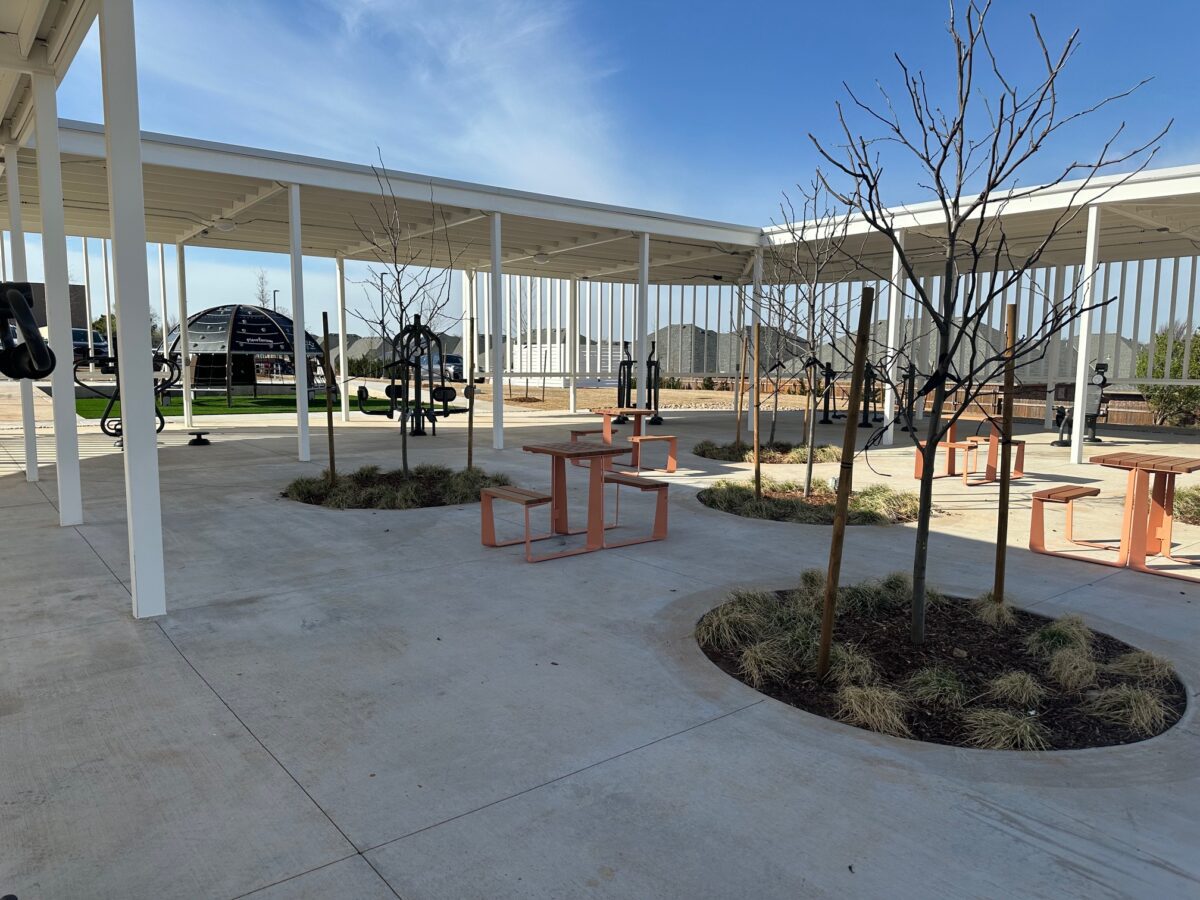
Slezickey says infrastructure developments are booming.
“Two parks are currently under construction for $1.5 million in improvements, and the other four parks will be improved this coming year,” he says. “We just completed our Outdoor Community Center, an $8 million project creating a linear park connecting City Hall and The Village Library with three specific features and a walking trail to provide an area for community gathering to enhance community connecting.”
Since it’s surrounded by Oklahoma City, entertainment offerings abound, including an Outdoor Civic Plaza, an outdoor fitness center and the Village Green amphitheater.
“We are a welcoming and accepting community, with a truly diverse population,” says Slezickey.
Norman
The third most populous city in Oklahoma – behind OKC and Tulsa, respectively – Norman has a population of nearly 130,000. Norman is a stone’s throw away from OKC, just 10 miles, meaning you can get the entertainment options, family-friendly fun and high educational standards of OKC without the pricetag.
Norman Public Schools is certainly a draw for young families, offering two high schools, four middle schools and 17 elementary schools, and resources including college and career centers, hands-on STEM enrichment activities, special education programs and robust community partnerships. Of Norman’s residents aged 25 and older, 93.5% have a high school degree or higher.

In terms of enrichment and entertainment, Norman offers over 60 parks, along with Lake Thunderbird, Legacy Trail, the Sam Noble Museum, the Fred Jones Museum, the Moore-Lindsay Historical Museum, the National Weather Center and the Firehouse Art Center.
Norman is also home, of course, to the University of Oklahoma, offering sporting events and community gatherings galore.
Yukon
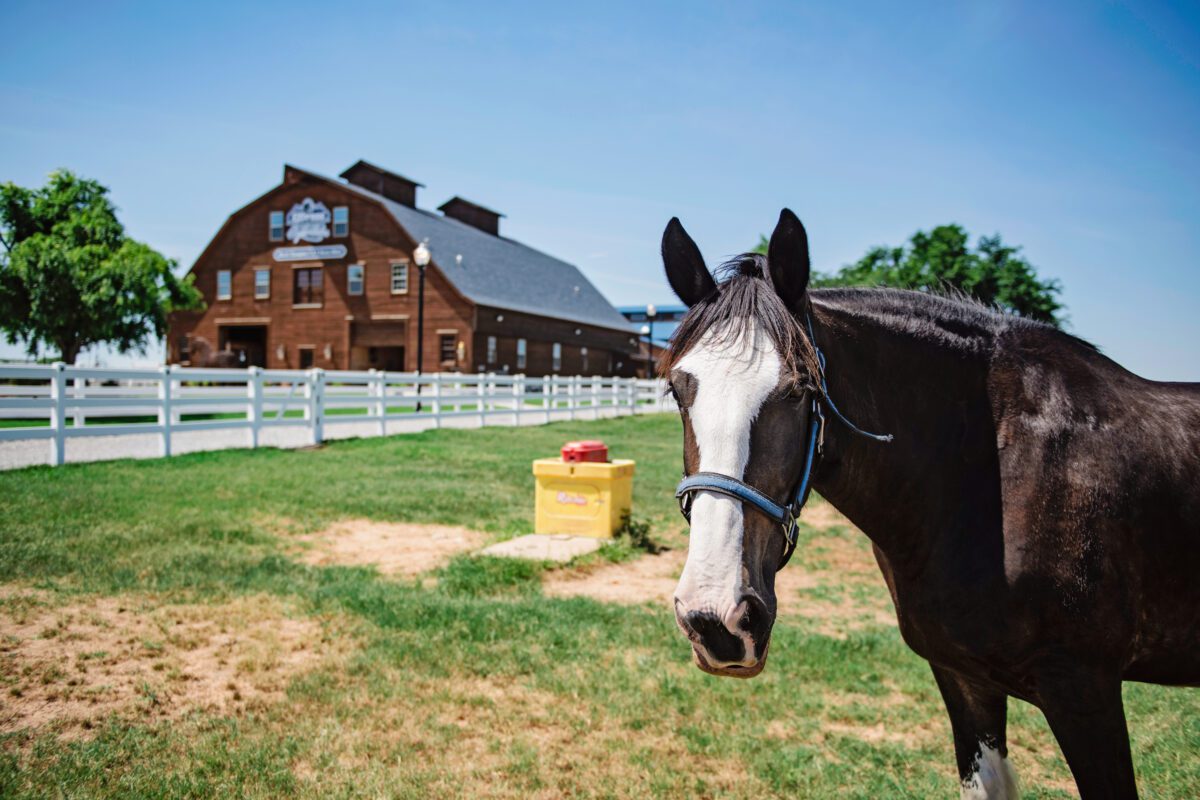
Located in eastern Canadian County, Yukon had a population of 23,600 at the 2020 census and is a 20-minute drive to the OKC metro. A fast-growing city, Yukon has plenty to offer to young families.
“Where Route 66 crosses the Chisholm Trail, Yukon is known for rich Czech culture, top-notch festivals and award winning schools,” says Jenna Roberson, a media specialist with the City of Yukon. “And lots of amenities combined with affordability mean our quality of life is pretty amazing too – which is probably why our zip code continues to be one of the fastest growing in the nation.”
Yukon’s public school system offers a variety of elementary and middle schools, along with a high school, an alternative learning center and virtual schooling options. According to U.S. News and World Report, Yukon’s high school graduation rate is an impressively high 96.2%.
For family-friendly entertainment, options abound – from the Yukon Veteran’s Museum to Route 66 Train Town, All Pine Christmas Tree Farm, Yukon Historical Museum and the Freedom Trail Playground.
Additionally, says Roberson, Yukon is “home to some of the world’s finest cattle and most famous Clydesdales,” at Express Clydesdale Ranch.
Known by many as the ‘Festival Capital of Oklahoma,’ Yukon hosts the Chisholm Trail Festival, Christmas in the Park, Easter on the Prairie, Freedom Fest, Oklahoma Czech Festival, Kids’ Trout Fish Out, Taste of Yukon, Heart of Yukon Craft Show and Sounds of the Season.
“Whether you’re here for a day of shopping, just passing through, or to settle down and make yourself a home, you can always expect the very best in Yukon,” says Roberson.
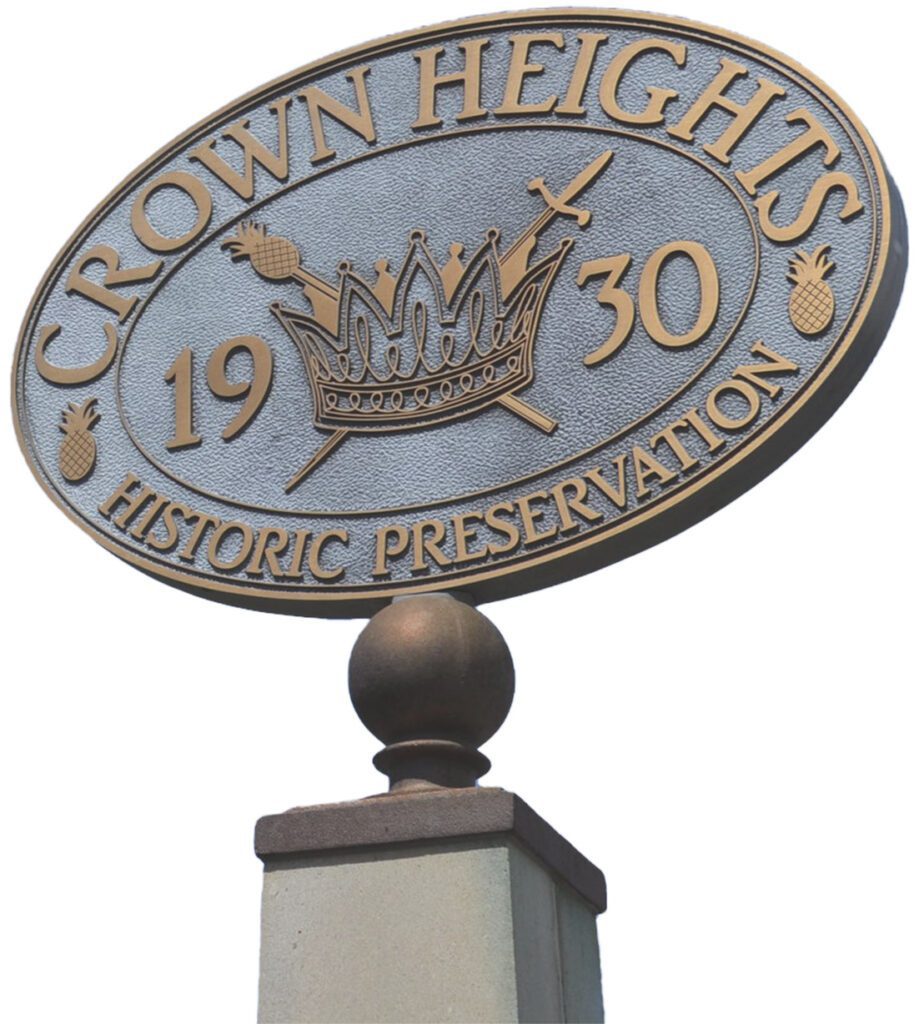
Crown Heights-Edgemere Heights
Crown Heights-Edgemere Heights is one of Oklahoma City’s most sought-after neighborhoods, which is really two – split down Walker Avenue. Crown Heights, a Historic Preservation District, falls to the west of Walker, while Edgemere Heights falls to the east.
There are a variety of benefits to living in CH-EH, most notably the community of kind and engaged neighbors. There are a variety of annual events managed by the Neighborhood Association’s board of directors, ranging from Easter Egg hunts and kickball tournaments to Fourth of July celebrations, haunted house competitions and other holiday-centric offerings. The neighborhood offers an award-winning, bi-monthly newsletter, The Chronicle.
CH-EH is also in an ideal location, just north of Uptown OKC. The neighborhood takes pride in its appearance, with restoration projects and green spaces maintained by neighborhood volunteers.























